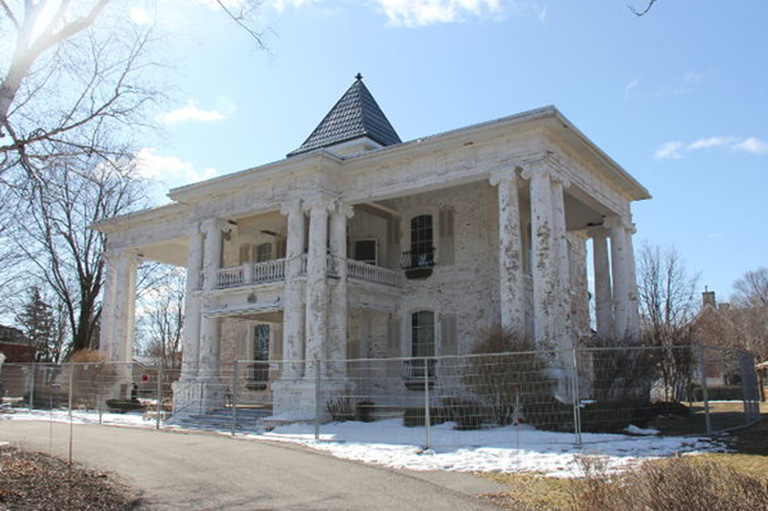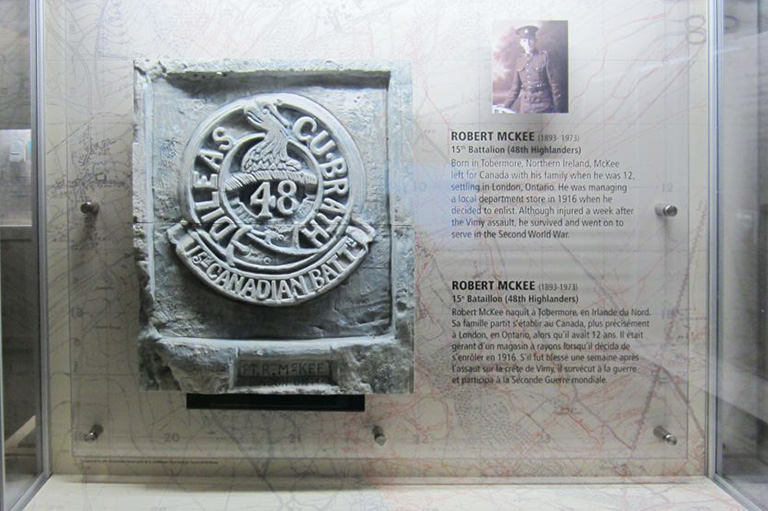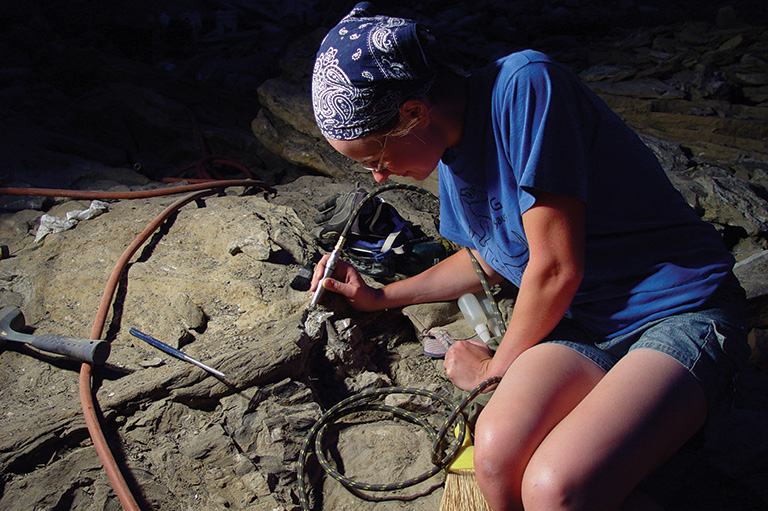Building 200

Location
Whitehorse, Yukon
Why it matters
Blending modern and classical elements in its smooth, streamlined concrete surfaces, the federal government’s striking Building 200 (also known as the Former Northwest Highway System Headquarters) is prominently situated on the Alaska Highway on Whitehorse’s northwestern edge. Completed in 1952, Building 200 was designed by the Department of National Defence for use as barracks for over 150 personnel associated with the Alaska Highway upkeep and improvements, but it soon pivoted to use as headquarters office space. In a period of postwar development in the Yukon characterized by hastily erected buildings, the quality materials and high-level of craftsmanship devoted to Building 200 demonstrated the federal government’s commitment to the territory’s future and Whitehorse’s status as its new capital city in 1953. The Classical Moderne style rectangular two-storey building features an elegant central portico with concrete columns, flanked by long, symmetrical wings with distinctive, streamlined bands. In 1992, Building 200 was listed as Recognized by the Federal Heritage Buildings Review Office (FHBRO).
With 7 uniquely curated newsletters to choose from, we have something for everyone.
Why it's endangered
In early December 2024, Building 200 was posted on the federal government’s Canada Public Land Bank, a register that by nature seems to imply the demolition of existing structures. It is not clear how the long-established heritage value of the building will factor in the redevelopment of this property, as there is no readily discernable heritage process in place to assess potential projects. Building 200 is just one example of the ambiguity currently surrounding the federal government’s 1,337 Recognized or Classified heritage buildings, and only about 42% of federal buildings have been evaluated for heritage value.
This lack of clarity around federal heritage buildings is especially concerning as the federal government is poised to embark on the largest disposal of federal properties in Canadian history, divesting itself of many thousands of the 38,572 buildings it owns. Currently, the federal “Portfolio optimization: Disposal list” contains 106 surplus properties, but this will soon grow dramatically.
Many of the challenges facing Building 200 and other federal heritage buildings arise from the fact Canada is the only G7 country without laws to protect heritage places owned by the federal government. It may seem absurd, but legally there is nothing standing in the way of the Parliament Buildings being demolished. Bill C-23 Historic Places Act of Canada, stalled at second reading in the House of Commons since 2023, was poised to help provide some of that legislation protection. Efforts must be made to resume Second Reading debate on this important bill, so it can receive consideration at the Commons Environment Committee on its way to becoming law.
Advertisement
Canada's Top 10 Endangered Places List 2024
Advertisement
Themes associated with this article
Advertisement













